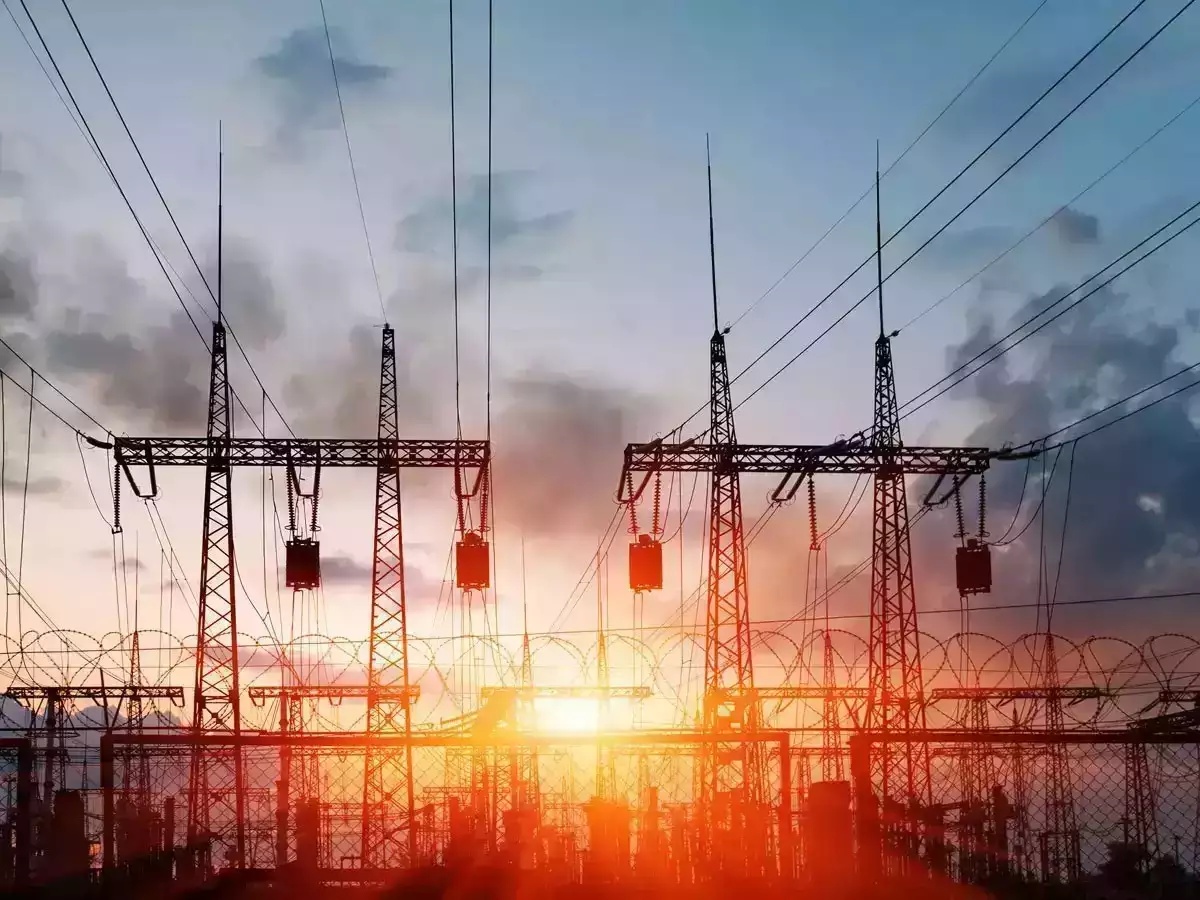India–US Trade Tensions Rise Over Steel and Auto Tariffs NMDC Limited reports a 38% drop in Q4 FY24 consolidated net profit RINL to Raise $23 Million Through Land Sales Amid Crisis

The Central Electricity Authority (CEA) has proposed a draft plan to invest ₹4.75 trillion by 2027 to improve India's transmission infrastructure, including lines, substations, and reactive compensation. This prediction is in line with the Center's plan to strengthen the country's transmission network, making integrating renewable energy sources easier.
The CEA will transmit its draft National Electricity Plan (Volume II) by March 26th and request feedback and suggestions from interested parties.
As of October 31, 2023, India's renewable energy capacity was at 178.98 GW, including 46.85 GW from large hydro sources, accounting for about 42% of the country's total power generation capacity.
The cost projection assumes that by 2026-27, India's power generation capacity will reach 650.26 GW. This includes 235.13 GW from thermal sources and 206.14 GW from solar. A battery energy storage system (BESS) capacity of 13.5 GW is also anticipated. By 2031-32, the CEA expects the country's total installed generation capacity to rise to 900 GW.
India aims to increase its non-fossil fuel-based electricity generation capacity to 500 GW by 2030. To achieve this, regions with high solar and wind potential must be connected to the Inter-State Transmission System (ISTS) for efficient power evacuation to demand centres.
The plan includes 170 transmission schemes with a total estimated cost exceeding ₹3.13 trillion for inter-state transmission and around ₹1.61 trillion for intra-state systems.
The plan also outlines a ₹15,120 crore investment to connect the Andaman & Nicobar Islands to the mainland. These islands rely primarily on diesel generators, supplemented by minor renewable sources. A pioneering project to link the islands through an under-sea cable spanning 1,150 km is proposed, aiming to facilitate green energy transition by 2028-29.
The CEA draft includes completing a high voltage direct current (HVDC) link between Madurai, India, and New Habarana, Sri Lanka, with 2x500 MW HVDC terminals post 2026-27. This project is in its advanced stages of discussion.
The National Electricity Plan (Volume I) focusing on generation planning was published in May of the previous year, and Volume II on transmission will be finalized following stakeholder consultations.
Also Read : Indian Steelmakers Face Uncertainty Amid Price Surge India's February business activity accelerated to seven-month high on solid demand